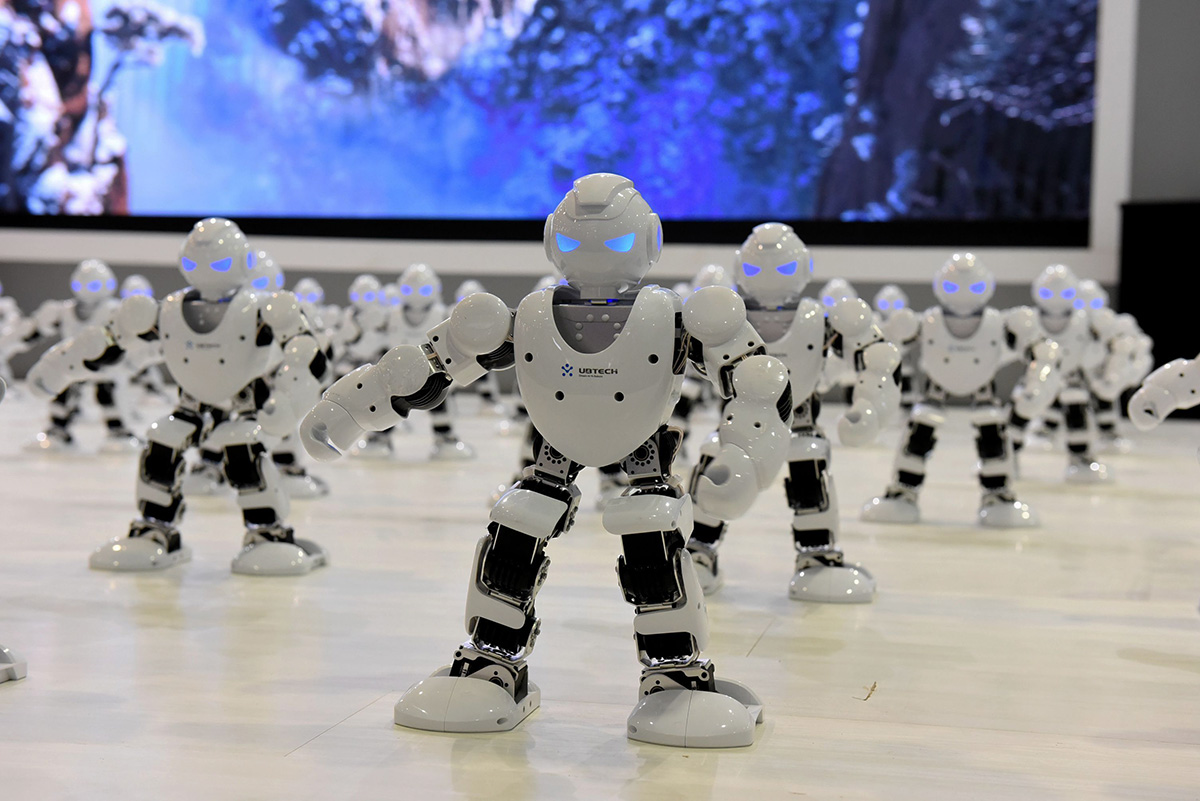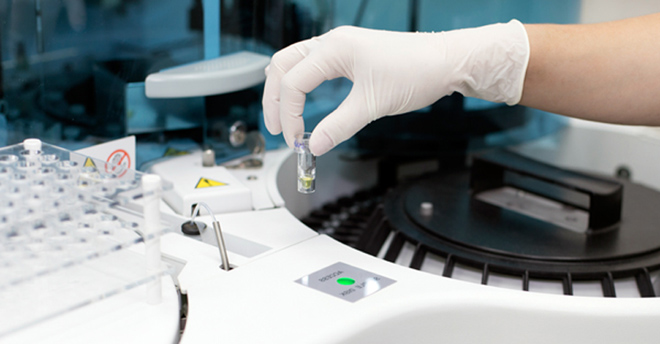manqiangrexue
Brigadier
That's just a foolish thing to say. What does it mean to be decades behind on basic research? That China will take decades to catch up, that China take decades to get to where the US is now or that China is now where the US was decades ago? Every one of them sounds wrong and if they weren't, there wouldn't be panic in the US.China's made some progress, but it's not enough. According to the most recent estimates, the United States spends 17% and China spends 6% of its annual R&D funds on basic research. That amounts to the United States ($86 billion) and China ($19 billion). in a recent year. Actually, China is very close to the US and gaining very quickly despite spending less, and that's why it's so worrying for Washington.
Source:
China is already decades behind on basic research than the U.S. But it only spends a fraction of what the U.S. does on basic research per year. Thus not only is it behind, but it is falling further and further behind every year.
So first you tried to measure basic science in time, which is not a unit of measure for research, and then you tried to measure scientific progress in money in order to conclude that the US is progressing faster, but money is also not a measure of scientific progress and American spending is notoriously inefficient compared to Chinese spending. Your entire argument is based on made up or incorrect units of measure.
Also, you need to work on your reading comprehension because your article is a 2017 article that says that the US federal government spent only 44% of the $86B basic research budget in 2015, the rest being shouldered privately. When I searched for your 17% claim, it said that in 1995, private spending on basic research was 17%, which has nothing to do with your claim. It's 5 years outdated back to the Obama government which didn't shun science. Either you are illiterate or were trying to pull one over hoping no one would read your article.
Fun Fact: When China accounts for basic research spending, it does NOT factor in salaries of personnel while the West does.
Last edited:


